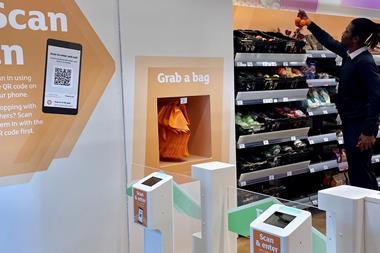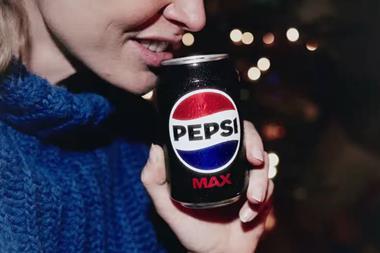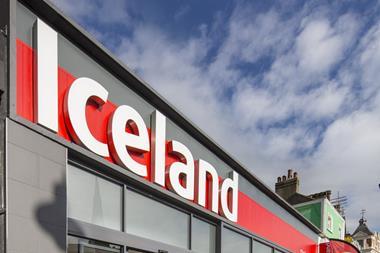The growth of single-person households is set to change the shape of the UK’s beef animals, according to Sainsbury’s livestock manager.
Demand for traditional short, heavy-boned animals with large rumps would fall by the wayside as steak meat from the loin and mince from the forequarter increased, said Jonathan Birnie.
He told delegates to the British Cattle Breeders conference, in Shropshire, that they should aim to breed longer animals with a good width to increase the amount of steaks that could be obtained.
“The move towards steaks and mince rather than joints is being accelerated by the increasing numbers of single households in the UK. Single portion meals are becoming more and more popular, and this again disadvantages joint sales.” He predicted a move towards industry payment on saleable meat yield rather than weight and grade, particularly as automatic grading systems grew in popularity in the UK.
“Animals may well be paid for realisation value rather than the current imprecise estimate, and for breeders looking to the future, this factor must be taken into consideration.”
The higher the proportion of lean meat which could be taken from a carcase, the more cost effective that carcase was to process. With 75% of fresh beef going through supermarkets, the majority of the animals would have to be bred for their requirements. This would lead to improved food conversion ratios, improved grades at slaughter and shorter times spent on the farm.
Demand for traditional short, heavy-boned animals with large rumps would fall by the wayside as steak meat from the loin and mince from the forequarter increased, said Jonathan Birnie.
He told delegates to the British Cattle Breeders conference, in Shropshire, that they should aim to breed longer animals with a good width to increase the amount of steaks that could be obtained.
“The move towards steaks and mince rather than joints is being accelerated by the increasing numbers of single households in the UK. Single portion meals are becoming more and more popular, and this again disadvantages joint sales.” He predicted a move towards industry payment on saleable meat yield rather than weight and grade, particularly as automatic grading systems grew in popularity in the UK.
“Animals may well be paid for realisation value rather than the current imprecise estimate, and for breeders looking to the future, this factor must be taken into consideration.”
The higher the proportion of lean meat which could be taken from a carcase, the more cost effective that carcase was to process. With 75% of fresh beef going through supermarkets, the majority of the animals would have to be bred for their requirements. This would lead to improved food conversion ratios, improved grades at slaughter and shorter times spent on the farm.



















No comments yet